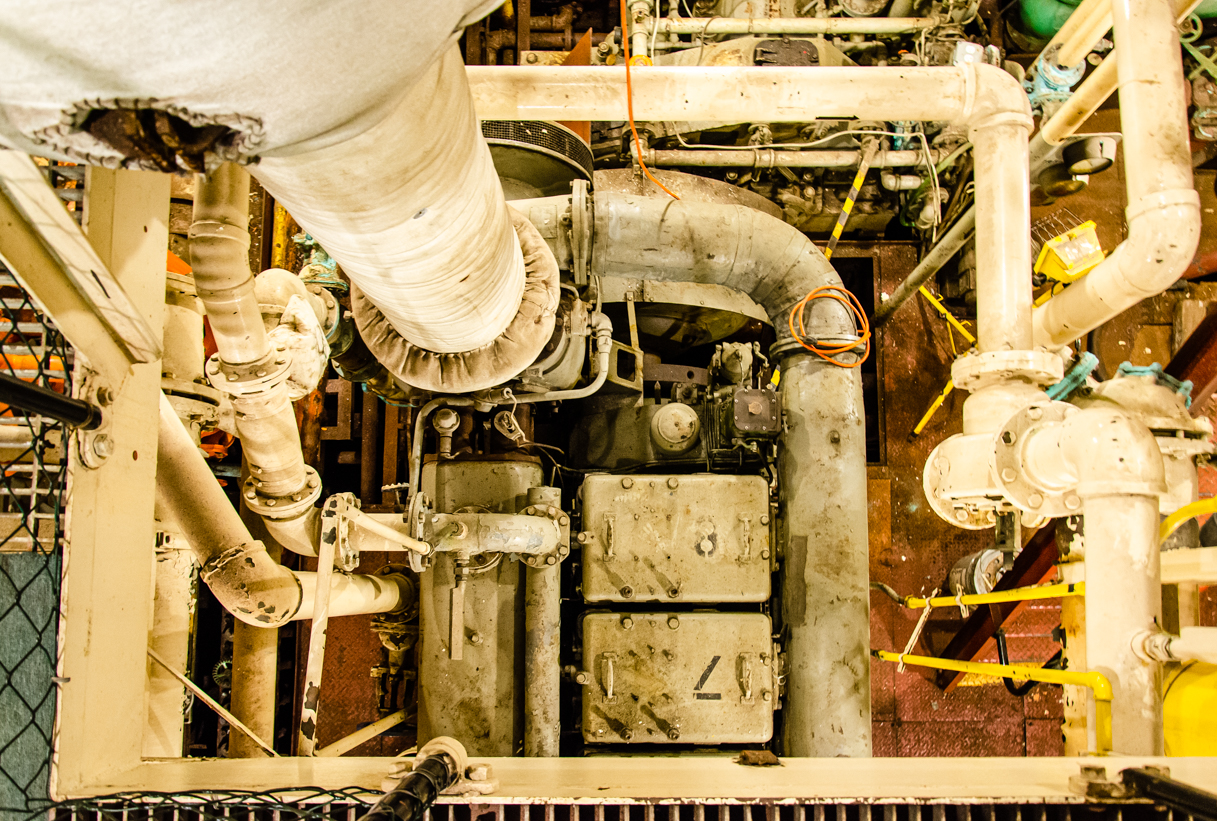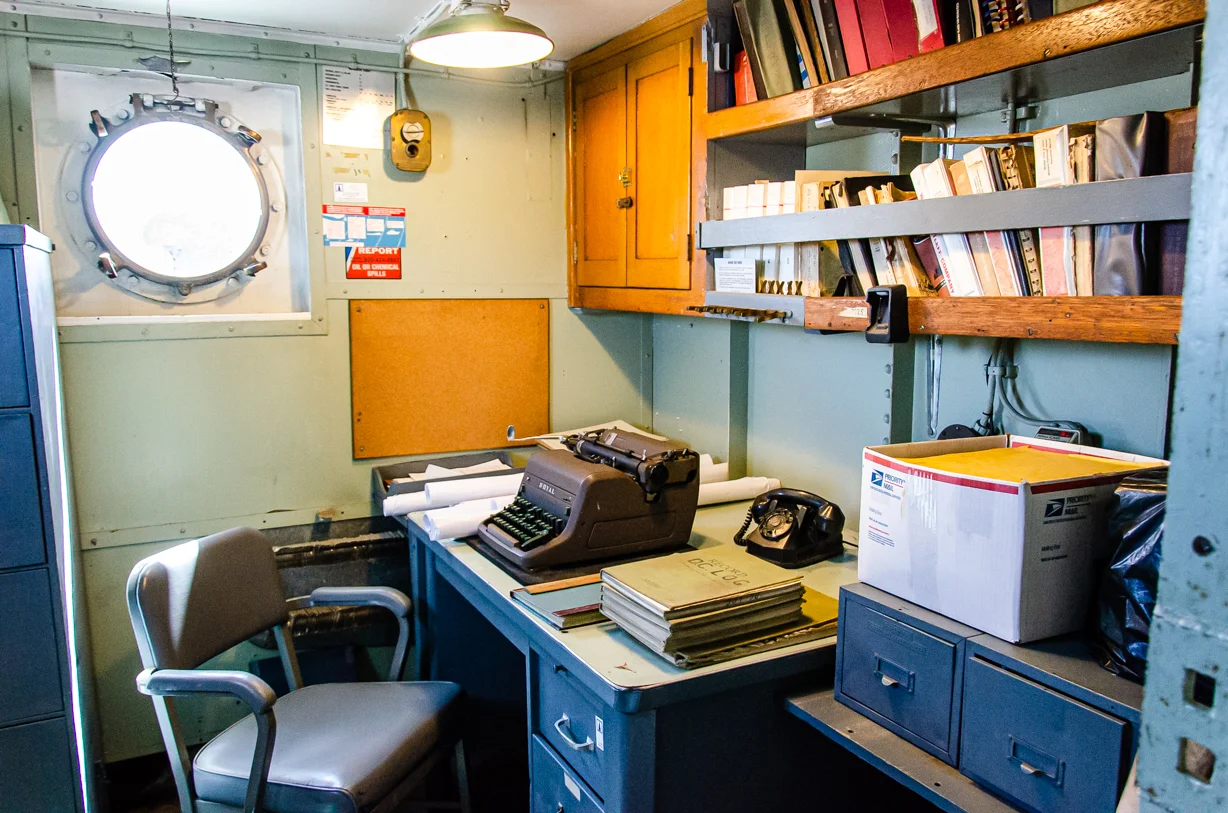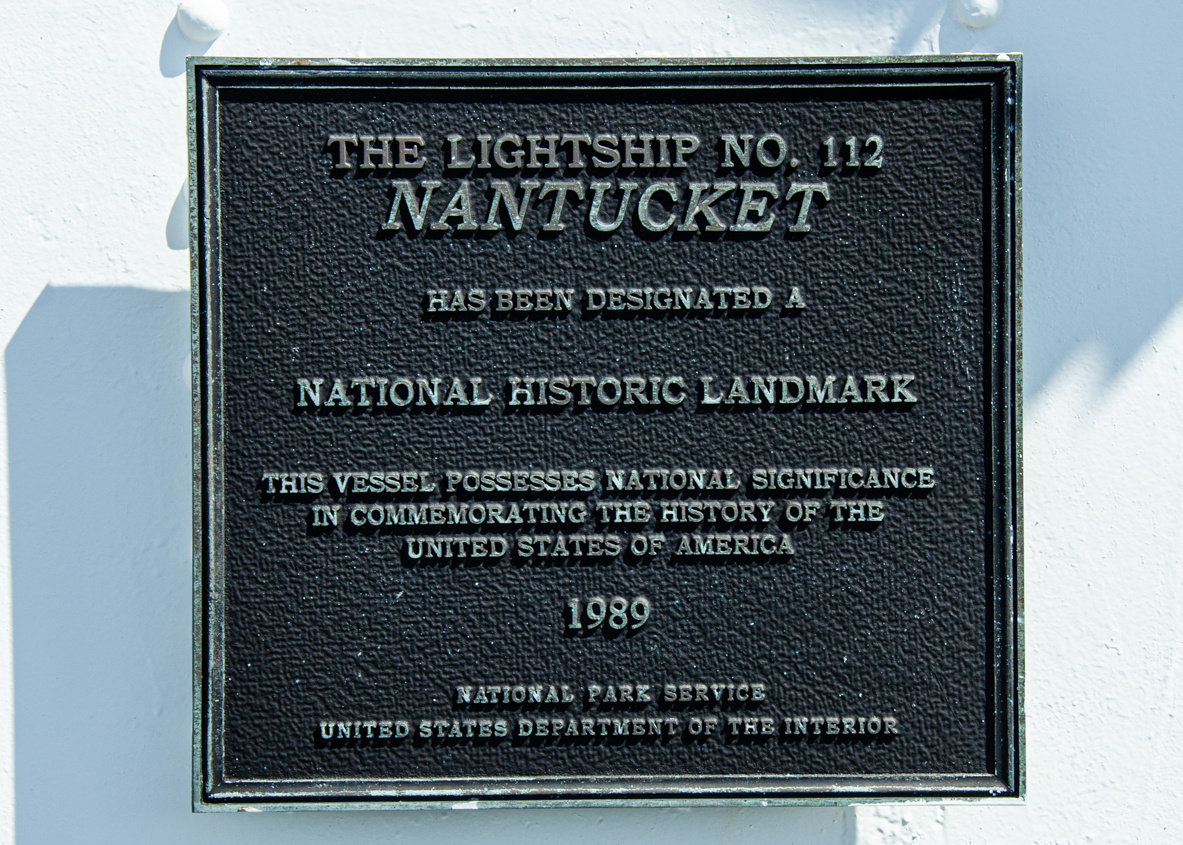Some topics are seemingly too broad and complex to be distilled down into a practical guide. In Seeing What Others Don’t, The Remarkable Ways We Gain Insights, the author takes on the magic of insights and delivers a working reference model for individuals and organizations.
The author examines an established model for insights, conducts extensive analysis of insights occurring under different conditions, and creates a new framework called The Triple Path Model.
The three insight pathways: contradictions, connections, and creative desperation provide methods to examine behavior and patterns we see every day and those that require deep study to leverage.
“Each pathway has its own means of altering the beliefs that anchor they way we understand things.”
A TEDx talk by Gary Klein summarizing his work and conclusions can be found here.
Developing more insights starts with making a daily habit of a curious mindset and encouraging others to participate. By collecting and analyzing data over time we build a valuable picture for curious reflection and new insights.
“Insights shift us towards a new story, a new set of beliefs that are more accurate, more comprehensive, and more useful.”




































